Automotive repair sector must remain vigilant of hydrocarbon refrigerants
- PostedPublished 4 November 2022
The refrigerant safety panel at Wire & Gas provided a stark reminder to all in the automotive repair sector need to be vigilant about hydrocarbon refrigerants when working on air-conditioning systems, and to ensure they are not adding to the problem by contaminating their refrigerant cylinders with flammable mixtures.
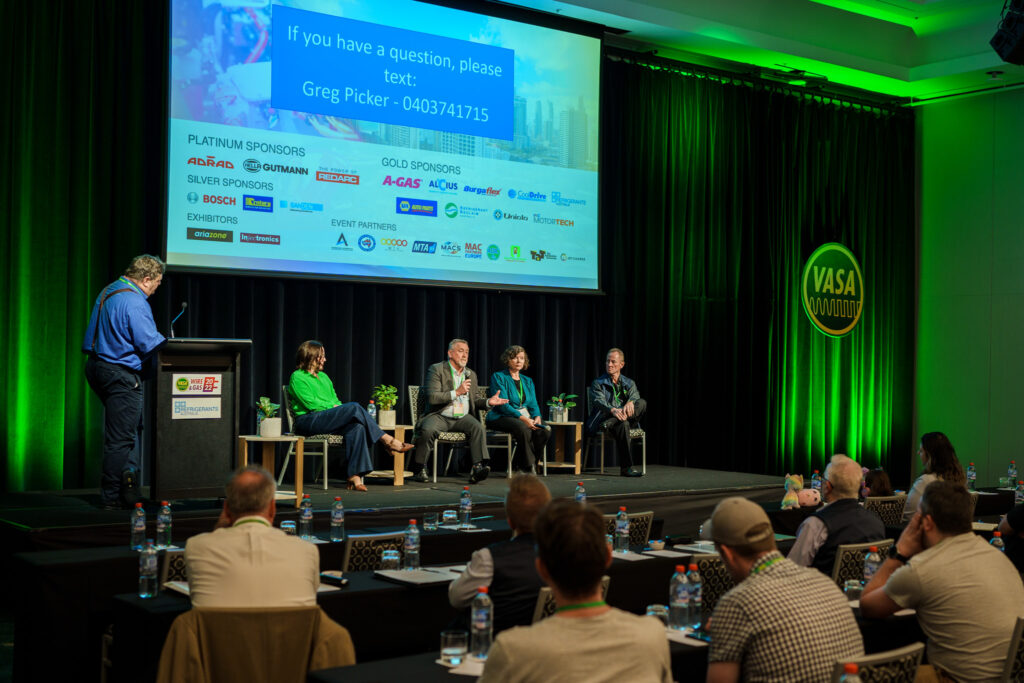
Refrigerant Reclaim Australia (RRA) general manager Kylie Farrelley said that the latest annual mobile air-conditioning survey showed that around five per cent of vehicles on Australia’s roads have some level of hydrocarbon contamination.
“One thing to keep in mind is that it only takes about five per cent of hydrocarbon contamination to make your refrigerant in the system on flammable and potentially explosive,” she said.
“It’s an important issue and something that we really need to be mindful of in the workshop from a safety perspective.”
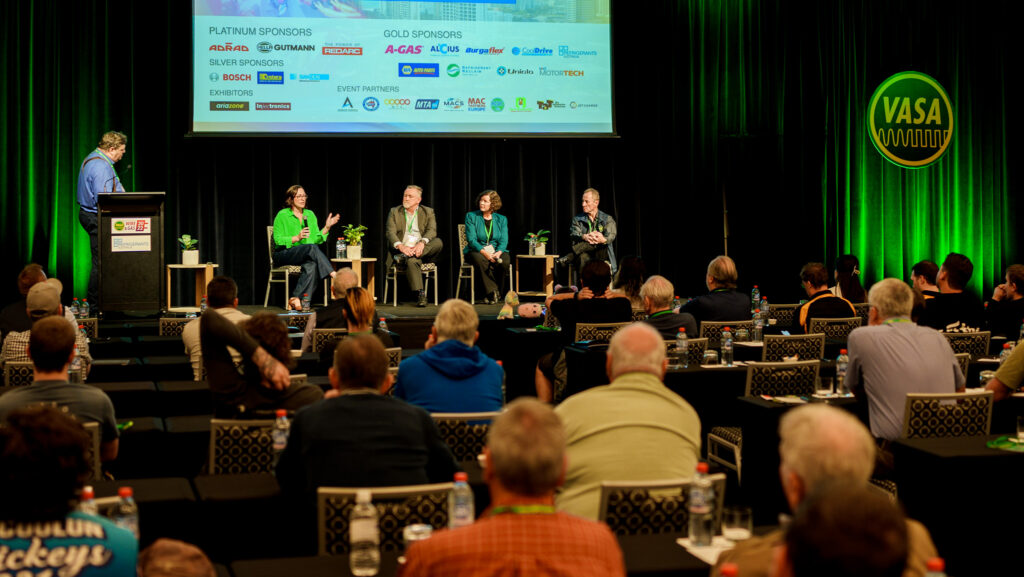
Vehicles in Victoria, South Australia and Western Australia were found to have the highest prevalence of hydrocarbon refrigerant contamination in the report, which is produced using data collected from participating VASA workshops around the country.
“Even in Queensland, where hydrocarbon (retrofits) in vehicles are banned, we still see some penetration of hydrocarbons being used,” warned Kylie.
Mobile Air Climate Systems Association (MACS) president Peter Coll shared his experience from the United States, where R1234yf – which carries a flammability rating – has broader uptake and enough penetration in the market for any unexpected safety issues to emerge.
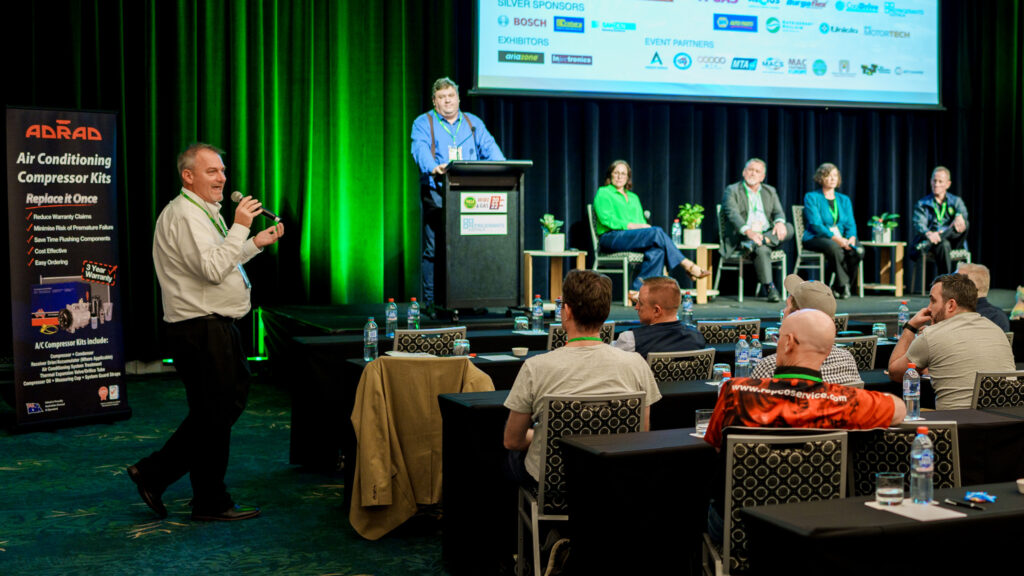
“We’ve seen zero fires related to R1234yf; that’s in the workshop that’s on the road,” he said.
“Have vehicles caught on fire that have R1234yf? Certainly, but they have been a Tesla and was a battery issue or a vehicle that threw a rod through the oil pan and then the oil sprayed on the hot exhaust … Neither had anything to do with the refrigerant.”
Peter added: “The only fluid underneath the hood of the car that is less flammable than R1234yf is windshield washer fluid.”
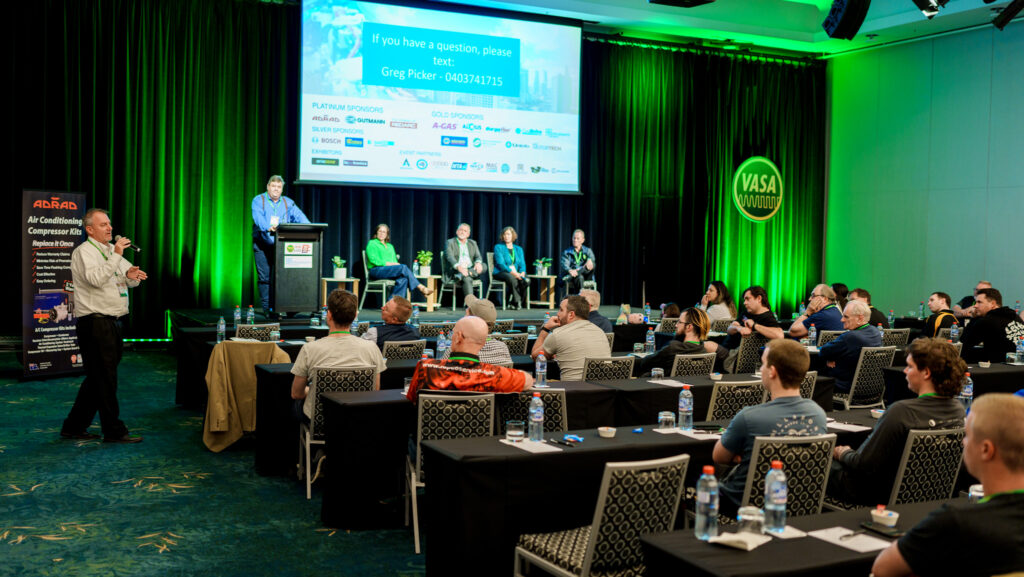
Far from downplaying the potential hazards of handling an A2L-rated mild-flammability refrigerant, Peter reiterated that people in workshops use far more hazardous substances daily.
“We’ve gotten adapted to using them; it’s not a problem when we always observe all the proper safety precautions,” he said.
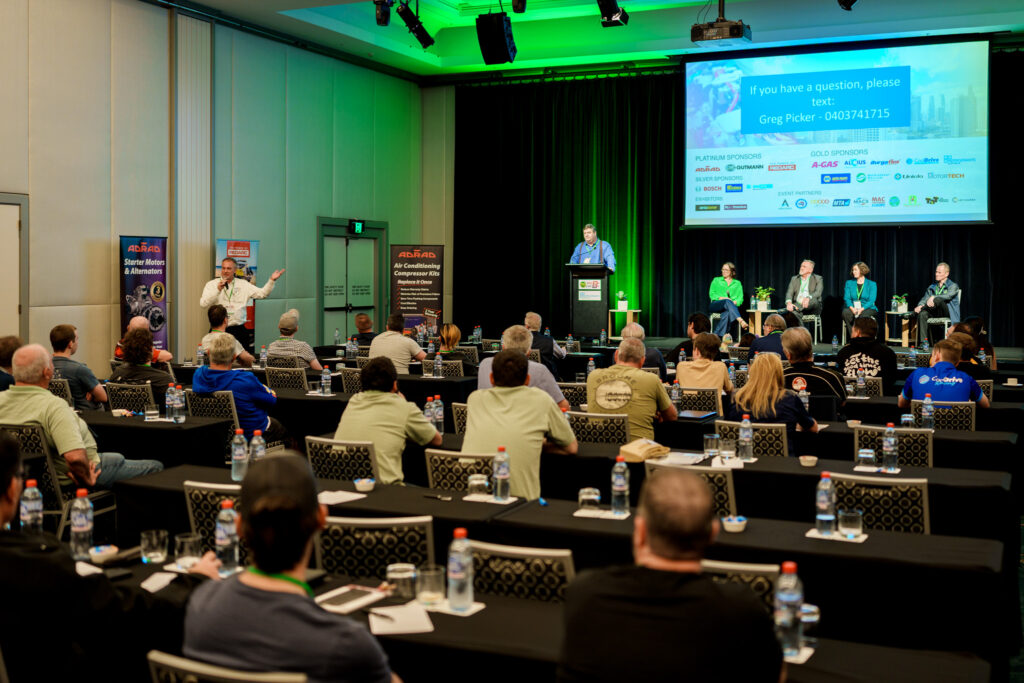
Panel host, Refrigerants Australia executive director Greg Picker, said Peter’s international practical experience was of great value to Wire & Gas attendees.
“We can get caught in our own heads about something being listed as flammable without actually having that real-world understanding of what that actually means for us,” he remarked.
Closer to home, the panel discussion turned to licensing. Low global warming potential refrigerants like R1234yf, as well as hydrocarbons, currently fall outside of the Australian Refrigeration Council’s (ARC) existing scheme as it was conceived with an environmental focus due to the ozone and climate impacts of CFC, HCFC and HFC refrigerants.
VASA president Ian Stangroome told the panel that for a number of years VASA has been interested in adopting an industry license based on refrigerants rather than environmental factors.
”I think we’d all agree that licensing has professionalised the mobile AC business over the last 30 years,” said Ian.
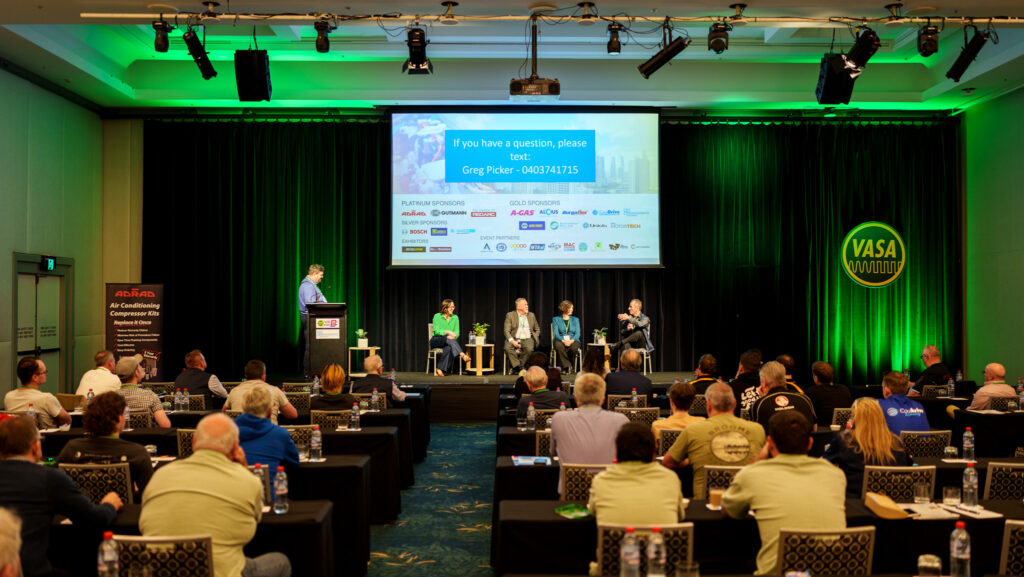
“Continuing licensing would be a good thing to ensure we’re all doing the right thing … Eventually we will drop out of the environmental regulation system so potentially we should be pushing for another license for our industry.”
The following discussion centred on how this may come about. Sally North, who is director of WorkSafe Service Industries and Specialists at the WA Department of Mines, Industry Regulation and Safety, said a health and safety licensing scheme had been discussed but that there was little appetite to make it happen due to the resources required to administer it.
ARC compliance and training general manager Rodney Cumming pointed out that a potential obstacle to health and safety licensing is that it would have to be controlled by individual states and territories rather than federally, although he suggested a way of keeping refrigerants in an environmental context would be to link them with energy efficiency regulation.
Rodney said slow YF uptake had forced a re-think as demand for mobile ARCtick licenses had increased, the opposite to what was anticipated when YF was expected to quickly dominate.

